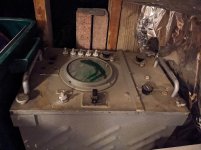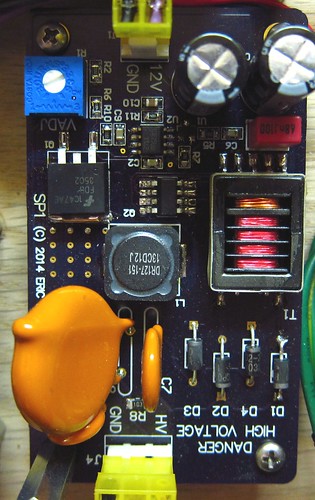DougM
Experienced Member
- Joined
- Apr 20, 2023
- Messages
- 108
This isn't ostensibly computer related, but I figure if there's a group of people anywhere who know a lot about CRT's it' likely you folks.
The other day I was in the crawl space and I've had this thing in there for probably 20 years.

In my blissful ignorance I think it's a WWII radar head unit but honestly I have no idea. It weighs a lot.
My question is, what is the feasibility of extracting only the tube and, using modern electronics, getting it up and running? I saw on Hackaday a CRT Driver and I'm wondering if it's compatible..

 hackaday.com
hackaday.com

Initial thoughts?
Thank you,
The other day I was in the crawl space and I've had this thing in there for probably 20 years.

In my blissful ignorance I think it's a WWII radar head unit but honestly I have no idea. It weighs a lot.
My question is, what is the feasibility of extracting only the tube and, using modern electronics, getting it up and running? I saw on Hackaday a CRT Driver and I'm wondering if it's compatible..

The Open Hardware Driver For CRTs
CRTs are the king of displays for any homebrew project. They have everything – high voltages, high vacuums, X-rays, and the potential for a vector display – that makes a project exude c…

Electrostatic CRT Driver Design
Update 23-December-2014: Richard at LabGuy’s World has wiring diagrams for the RCA 913 and the 3JP7, and other neat stuff. Update 23-June-2014: Please see the CRT Board BOM Updates page for i…
tubetime.us
Initial thoughts?
Thank you,
